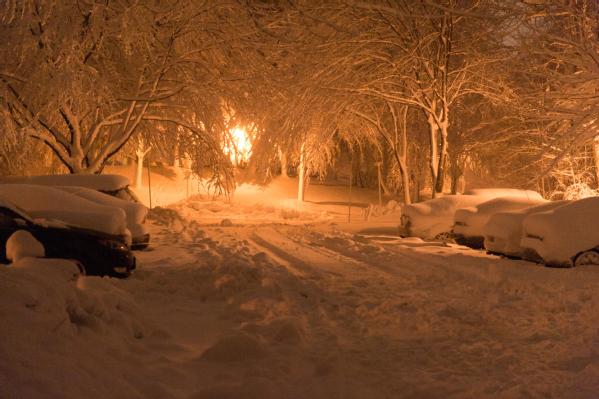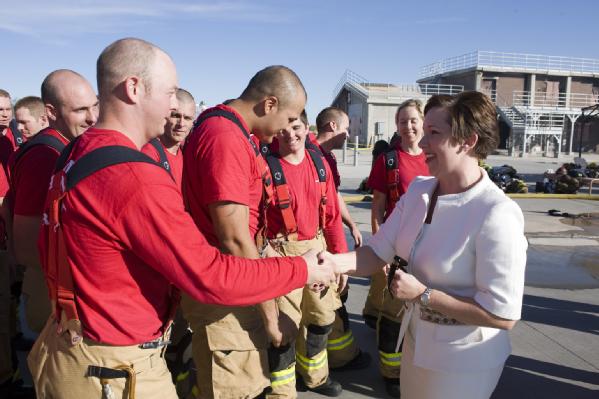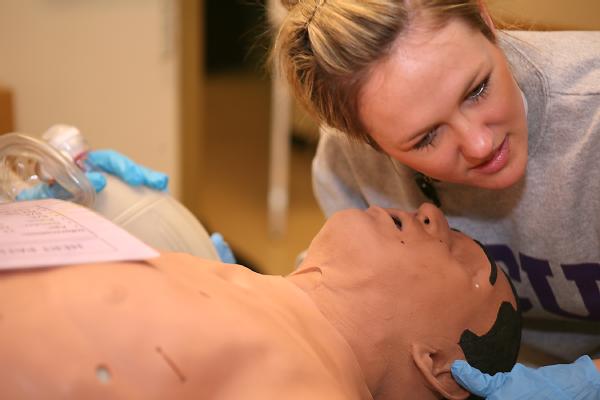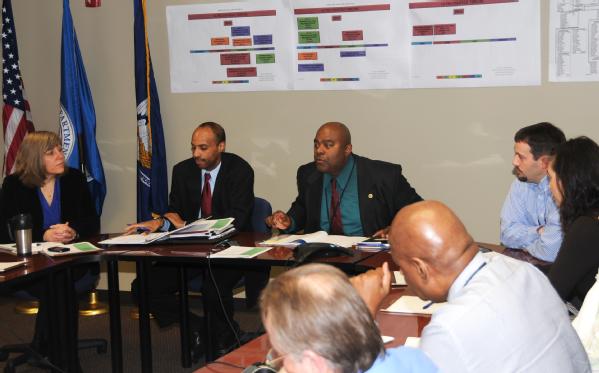A Week of Team Building
Motivating residents of Dallas County, Texas
This week I had the opportunity to work with our state, tribal and local partners and reinforce the need for cooperation. I began the week by participating in a joint press conference with Dallas County Judge Clay Jenkins, Dallas County Commissioner Elba Garcia, Dallas County Director of Health and Human Services, Zachary S. Thompson, Texas Department of Emergency Management Director Nim Kidd and other local officials. We reminded residents of Dallas County and the surrounding counties of disaster preparation, creating a plan, having a disaster kit ready and available for use and accessing available resources when needed.
Interagency and intergovernmental planning
On Tuesday and Wednesday, Region VI hosted a Regional Interagency Steering Committee (RISC) meeting. RISC meetings are venues for strengthening partnerships, coordinating interagency and intergovernmental planning, exchange ideas, identifying potential problems before a disaster strikes and focusing on what should be our emergency management priorities in the coming year. I was very pleased that emergency managers for all five states and tribal emergency managers in Region VI were able to attend this one. I hosted an executive session with the state and tribal emergency managers; I find this type of collective partnership invaluable as we respond to disasters.
The RISC meeting allowed not only FEMA employees, but state, federal and tribal partners to receive updates, share best practices and reinforce the need for cooperation before a disaster or major event.
Recognizing volunteers
Tuesday evening I was honored to deliver the address for the American Red Cross, Dallas Area Chapter President’s Volunteer Service Awards and pinning ceremony. It was held to recognize over 250 volunteers, adults who have contributed more than 100 hours or youth who have contributed more than 50 hours in the past 12 months. Each of the award recipients received a pin, certificate, personalized press release and a letter from President Obama recognizing their commitment. It was a great privilege to participate in this awards ceremony especially since American Red Cross is a valuable partner agencies that FEMA works with.
I mention some of the partner specific activities I have participated in this week because it reinforces the team concept. FEMA supports and responds to local and state disasters and is part of the emergency management team. Our ability to prepare fore, respond to, and recover from disasters is strongly influenced by the strength of our relationships with our partners. I’m proud that FEMA is part of the team that includes county and parish officials, tribal officials, state emergency managers, various stakeholders across a myriad of disciplines, and individuals citizens.
- Tony







